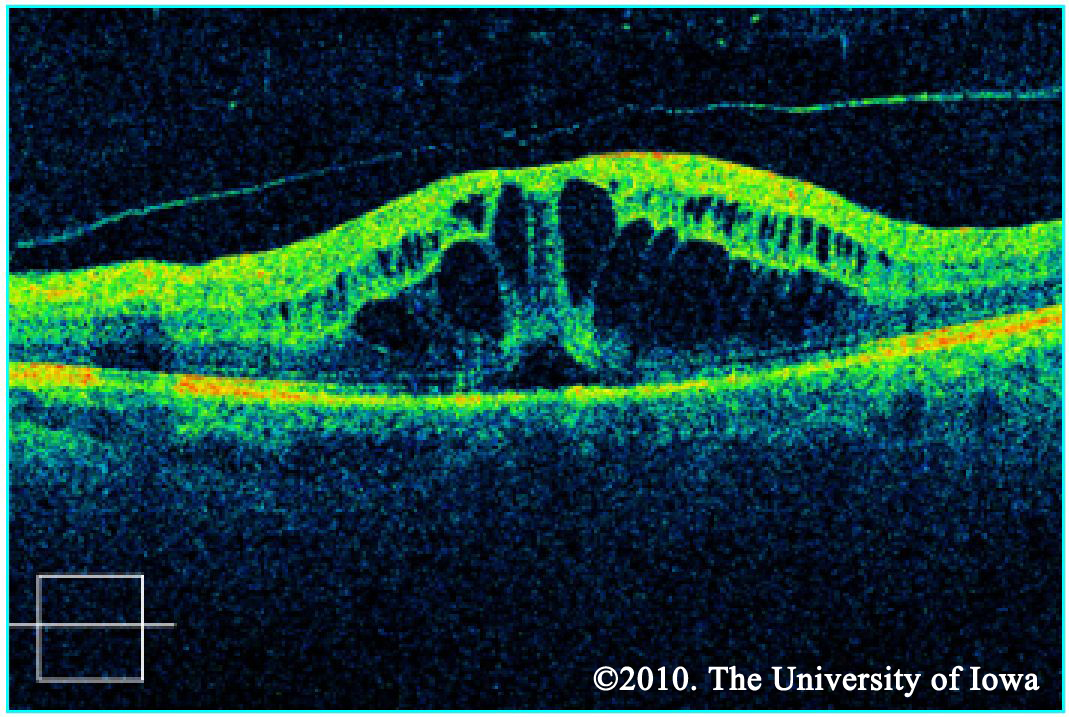Diabetic Retinopathy
Diabetic Retinopathy
What is Diabetic Retinopathy?
Diabetic Retinopathy is an eye condition that affects people with diabetes. High blood sugar levels can damage the tiny blood vessels at the back of the eye (the retina), leading to bleeding, swelling, or even scarring. If left untreated, it can lead to permanent vision loss.

Diabetic Retinopathy – Risk Factors
Anyone with type 1 or type 2 diabetes is at risk of developing diabetic retinopathy. The longer you’ve had diabetes, the greater the risk — especially if your blood sugar, blood pressure, or cholesterol levels are not well controlled. Other factors include pregnancy, smoking, and kidney disease. Staying on top of your diabetes and booking your regular eye checks are key steps to protecting your sight.

How we monitor Diabetic Retinopathy at KPO
At KPO, we provide thorough diabetic eye care to help protect your vision. We perform:
-
Dilated Eye Examinations to get a wide, clear view of the retina and check for early signs of damage.
-
High-Resolution OCT Scans to detect fluid, swelling, or structural changes in the retina that may not yet affect your vision.
-
Retinal Photography and Fundus Imaging to monitor progression over time and ensure any changes are carefully documented and addressed.
Why regular eye exams are crucial
Diabetic Retinopathy often starts with no noticeable symptoms. That’s why people with diabetes should have a comprehensive dilated eye exam at least once a year — even if their vision seems fine. Early detection and regular monitoring make a huge difference in preventing serious complications.


